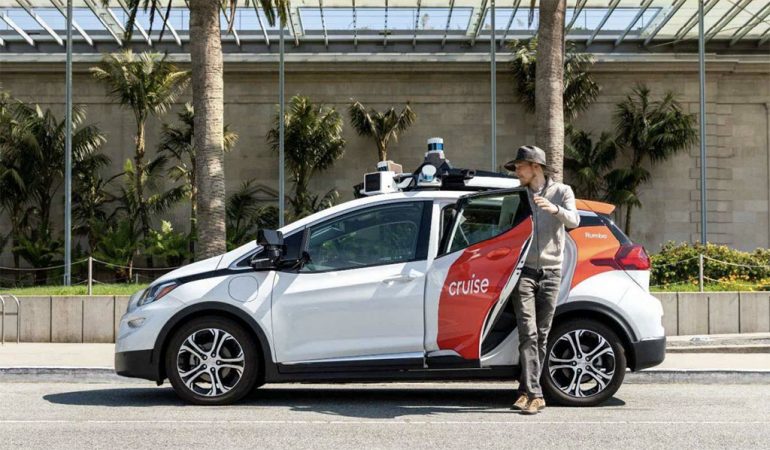
California has ordered General Motors’ Cruise unit to remove its driverless cars from state roads due to concerns about public safety. The decision comes in the wake of multiple accidents involving Cruise vehicles, which have raised concerns about the technology’s safety and transparency.
The California Department of Motor Vehicles (DMV) has suspended Cruise’s autonomous vehicle deployment and driverless testing permit, effectively halting the company’s efforts to test autonomous cars without human safety drivers. The DMV stated that the vehicles’ performance was not safe for public operation, citing “an unreasonable risk to public safety.” Furthermore, they accused Cruise of misrepresenting information related to the safety of their autonomous technology.
Also, don’t forget that you can get discounted new car pricing with a free quote through qualified local dealer partners.
The suspension is a significant setback for GM’s ambitions in the self-driving business, which they have previously labeled as a major growth opportunity. It also poses challenges to the broader autonomous vehicle (AV) industry. Critics of robotaxis, including unionized transit workers, have welcomed the decision as a step towards ensuring measurable safety standards in self-driving technology.
Cruise, in response to the suspension, stated that they would be pausing the operation of their driverless autonomous vehicles in San Francisco. They emphasized their mission to develop and deploy autonomous vehicles with the primary goal of saving lives. Cruise acknowledged that the DMV was reviewing an incident from October 2, where one of their self-driving vehicles was involved in a collision with a pedestrian previously struck by a hit-and-run driver. They mentioned that their teams were analyzing the incident to identify potential improvements in the vehicle’s response.
The DMV’s order also highlighted that Cruise had initially not disclosed all video footage of the accident and suggested that their vehicles may lack the ability to respond safely during incidents involving pedestrians. Cruise has not provided a response to this aspect of the DMV’s report.
GM executives have consistently viewed Cruise as a substantial growth opportunity, estimating that the company could generate $50 billion in annual revenue by 2030. However, it’s worth noting that the company reported a loss of $723 million on Cruise during the third quarter.
The safety concerns raised by California’s DMV are not new. In August, the DMV asked Cruise to remove half of its robotaxis from the roads after investigating concerning incidents, including a collision with an emergency vehicle. This month, the National Highway Traffic Safety Administration (NHTSA) opened a probe into Cruise’s safety precautions for autonomous robotaxis in relation to pedestrian safety. NHTSA has received reports of incidents involving pedestrians and identified additional incidents through online videos.
The DMV’s decision to suspend Cruise’s autonomous testing and deployment permit reflects growing concerns about the safety and transparency of self-driving technology. It also underscores the need for self-driving companies to meet stringent safety standards as they continue to develop and deploy autonomous vehicles on public roads.